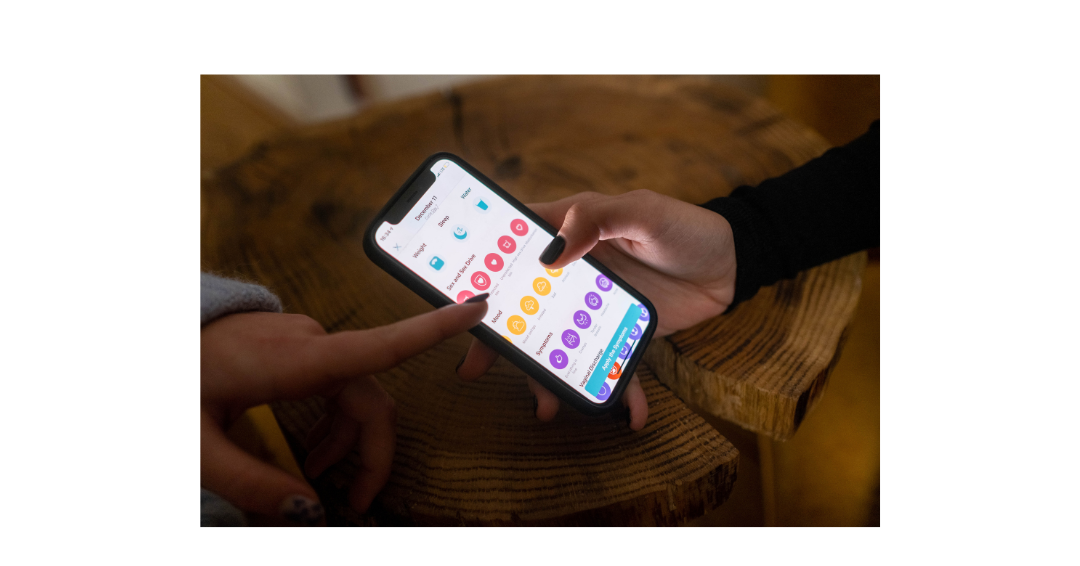When we talk about corporate wellness programs, the first thing that often comes to mind is employee engagement activities and programs that employees are forced to join, often with predictable and uninspiring formats. As a result, participation rates are low, and companies end up wasting valuable time and resources.
To make matters more complex, artificial intelligence (AI) is expected to play a growing role in workplace systems. According to a 2023 survey by the World Economic Forum, around 75% of companies plan to adopt AI within the next five years. This raises a critical question: will human involvement in corporate wellness programs become obsolete?
The answer lies in balance. Human experts and AI can and should work together to create more impactful wellness programs. Each brings unique strengths, and integrating both can lead to greater success. Based on various reviews, participation in corporate wellness programs remains low. For instance, Gallup reported a participation rate of only 24%. That means less than a quarter of employees are fully engaged, leading to wasted resources.
To improve engagement, it's essential that employees feel connected to the program. When participants are genuinely motivated, they are more likely to engage with and complete the wellness challenges.
Gamification in Wellness Programs
The key to elevating engagement is integrating human expertise with AI to deliver innovative and enjoyable wellness strategies. One such approach is gamification by applying game elements to employee wellness programs. Humans naturally respond to challenges and fun. By incorporating games and game principles into wellness activities, participation and motivation levels can rise dramatically, similar to how mobile and online games capture user attention.
What Does Gamification in Corporate Wellness Look Like?
Gamification introduces game-like elements such as competition, leaderboards, teams, quests, rewards, and achievements. These are transformed into wellness challenges that encourage employees to adopt healthier lifestyles. Key features include:
a) Leaderboard
Leaderboards display individual and group progress. This encourages healthy competition as participants strive to climb the ranks by performing well in challenges. Seeing one’s rank provides emotional motivation and can positively influence behavior and commitment to the program.
b) Structured Challenges
One major reason for low participation in past programs has been the complexity of challenge submissions. For instance, requiring edited video submissions can be burdensome for less tech-savvy participants. Gamification addresses this by simplifying tasks challenges can be completed directly in the game with minimal effort.
c) Continuous Reminders
Like popular online games, gamified wellness platforms send regular reminders to participants about their progress and upcoming challenges. Built-in calendars also help participants keep track of deadlines, boosting accountability. This ensures both individuals and teams stay informed about new challenges and events.
d) Badges and Recognition Awards
Badges and rewards are integral to gamification. They serve as tangible recognition of achievements, motivating participants to continue their efforts. Everyone loves showcasing their accomplishments and this cycle of reward and recognition encourages long-term behavior change and healthier habits.
e) Team-Based Support
When employees compete in wellness challenges as a team, they gain a built-in support system. Group collaboration, such as working together on diet-related goals, helps build lasting healthy habits. These small group dynamics often extend beyond the game, encouraging real-life behavior change and healthy eating practices.
Gamification has the power to turn passive participants into active users by making wellness goals more accessible. With small, achievable tasks and continuous peer and facilitator support, forming a healthy lifestyle becomes more manageable. For example, a challenge could be as simple as awarding 1 point for eating a fruit or a serving of vegetables per day. While the action is small, its impact is significant, especially in countries like Malaysia, where fruit and vegetable consumption remains low.
The Future of Corporate Wellness
Technology is transforming how companies approach employee well-being. Gamification is no longer a distant concept, many wellness providers have already adopted it. By combining AI with human insight and adding a layer of game-based motivation, companies can create wellness programs that truly resonate with employees and lead to lasting health improvements.


